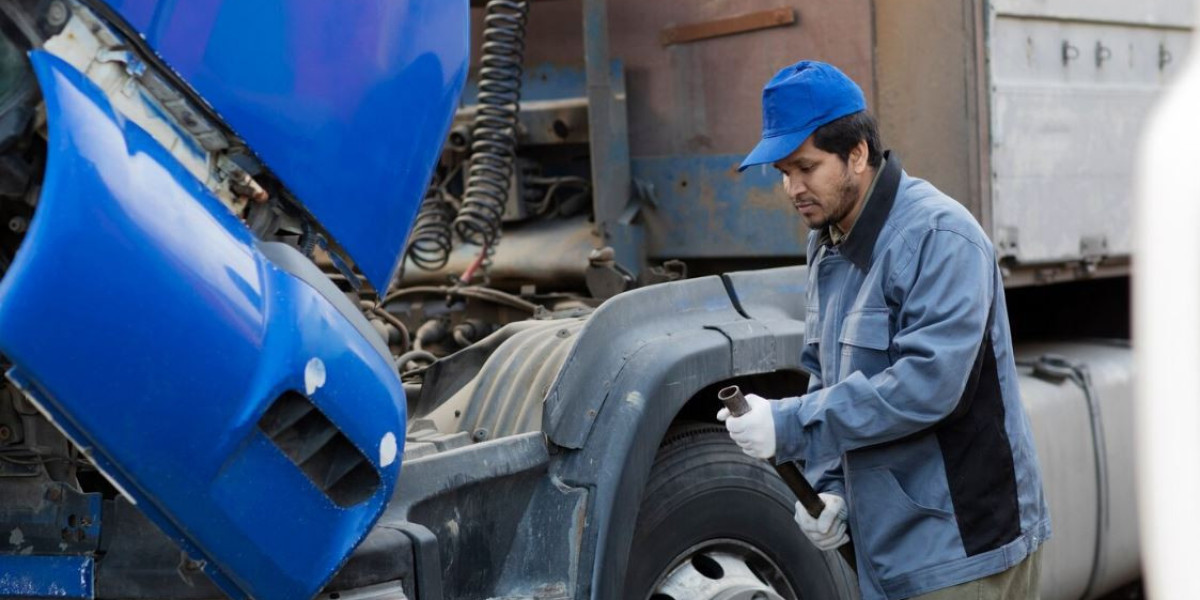Driving a truck for work or travel can be rewarding, but it also comes with its fair share of challenges. One of the biggest headaches truck drivers face is a sudden breakdown in the middle of a journey. Whether it's a flat tire, dead battery, or engine trouble, being stuck on the side of the road is frustrating—and potentially dangerous. That’s where truck roadside assistance becomes important.
Common Reasons Trucks Break Down
There are a few common reasons trucks need help on the road:
Flat or blown tires – Heavy loads and long drives put a lot of stress on truck tires. A tire can burst unexpectedly, especially if it’s old or underinflated.
Battery problems – Cold weather, long hours of driving, or simply an old battery can lead to a dead truck. If the battery fails, the engine won’t start, and you're stuck.
Engine overheating – Lack of coolant, a broken fan, or a clogged radiator can cause the engine to overheat. This not only stops the truck but can damage the engine further.
Brake issues – For trucks, braking systems are more complex and can wear down faster due to the weight they carry. Malfunctioning brakes are not just inconvenient—they’re dangerous.
Fuel problems – Running out of fuel or having contaminated fuel in the tank can quickly bring your trip to a halt.
Electrical failures – Issues with lights, dashboard systems, or ignition wiring can leave a truck unfit for the road.
First Steps During a Breakdown
When your truck breaks down, safety should be your first priority. Here's what you should do:
Pull over safely – Try to move your vehicle to the shoulder of the road, or any safe spot away from traffic.
Turn on hazard lights – This alerts other drivers that your truck is not moving and helps prevent accidents.
Use cones or flares – If available, set them up behind your vehicle to improve visibility, especially in low light or bad weather.
Stay inside if it's safer – In high-traffic areas or on highways, it’s often safer to stay inside the truck with your seatbelt on until help arrives.
Importance of Being Prepared
Having a roadside emergency kit in your truck can help you stay safe and possibly solve small issues on your own. Your kit should include:
Reflective triangles or cones
Jumper cables
Basic tools (wrenches, pliers, screwdrivers)
Flashlight with extra batteries
First aid kit
Blanket or extra clothing
Water and non-perishable snacks
Additionally, make it a habit to inspect your vehicle before long trips. Check the tires, brakes, lights, and fluid levels. Prevention is always better than dealing with an emergency.
Why Truck Roadside Assistance Matters
Breaking down in a small car is stressful enough—but for a truck, the situation can be more complicated. A disabled truck may cause delays in cargo delivery or work schedules, and repairs may cost more due to the size and parts involved. That’s why truck roadside assistance is such a valuable resource.
It offers peace of mind knowing help is just a call away. Whether you need towing, fuel delivery, battery jump-starts, or help with a tire change, having support on hand ensures you’re not left stranded for long. Assistance also helps protect you from trying risky DIY fixes on the side of a busy road.
Things to Avoid During a Breakdown
While waiting for help, it’s important to avoid making the situation worse. Here are a few things you should not do:
Don’t try risky repairs unless you’re trained and it's safe to do so.
Don’t leave the truck in traffic lanes – Always try to pull over safely.
Don’t ignore warning signs – If you hear strange noises or feel something off while driving, it’s better to stop and check than risk a breakdown at a bad location.
Don’t forget to inform your company (if you're a fleet driver) – Letting dispatch or your manager know ensures someone is aware of your location and can help coordinate assistance.
Final Thoughts
Truck driving requires patience, focus, and preparation. While you can’t avoid every mechanical issue, knowing how to respond during a breakdown can keep you safe and get you back on the road faster. Having a plan in place and understanding the steps to take in emergencies goes a long way.
Breakdowns can be a part of life on the road—but they don’t have to be a nightmare. By staying calm, following safety steps, and being prepared with the right tools and contacts, you can handle them with confidence.








